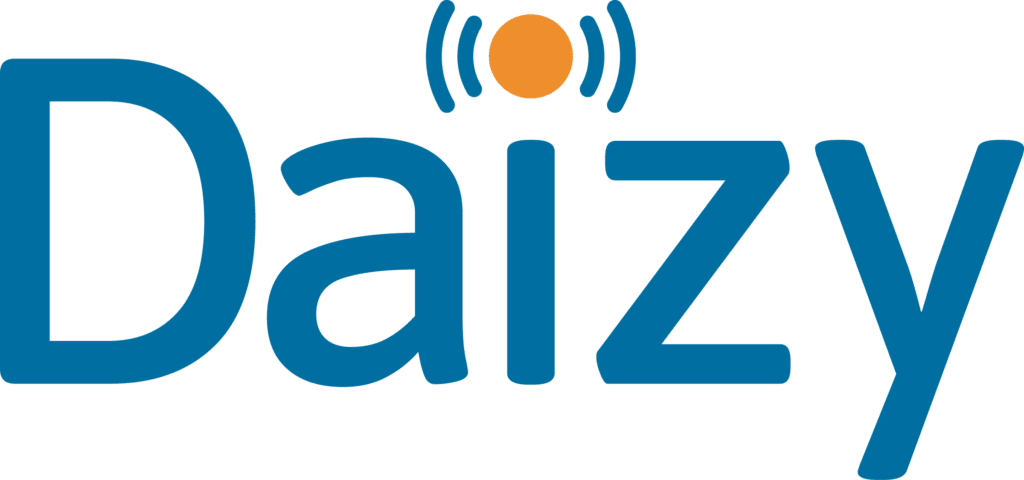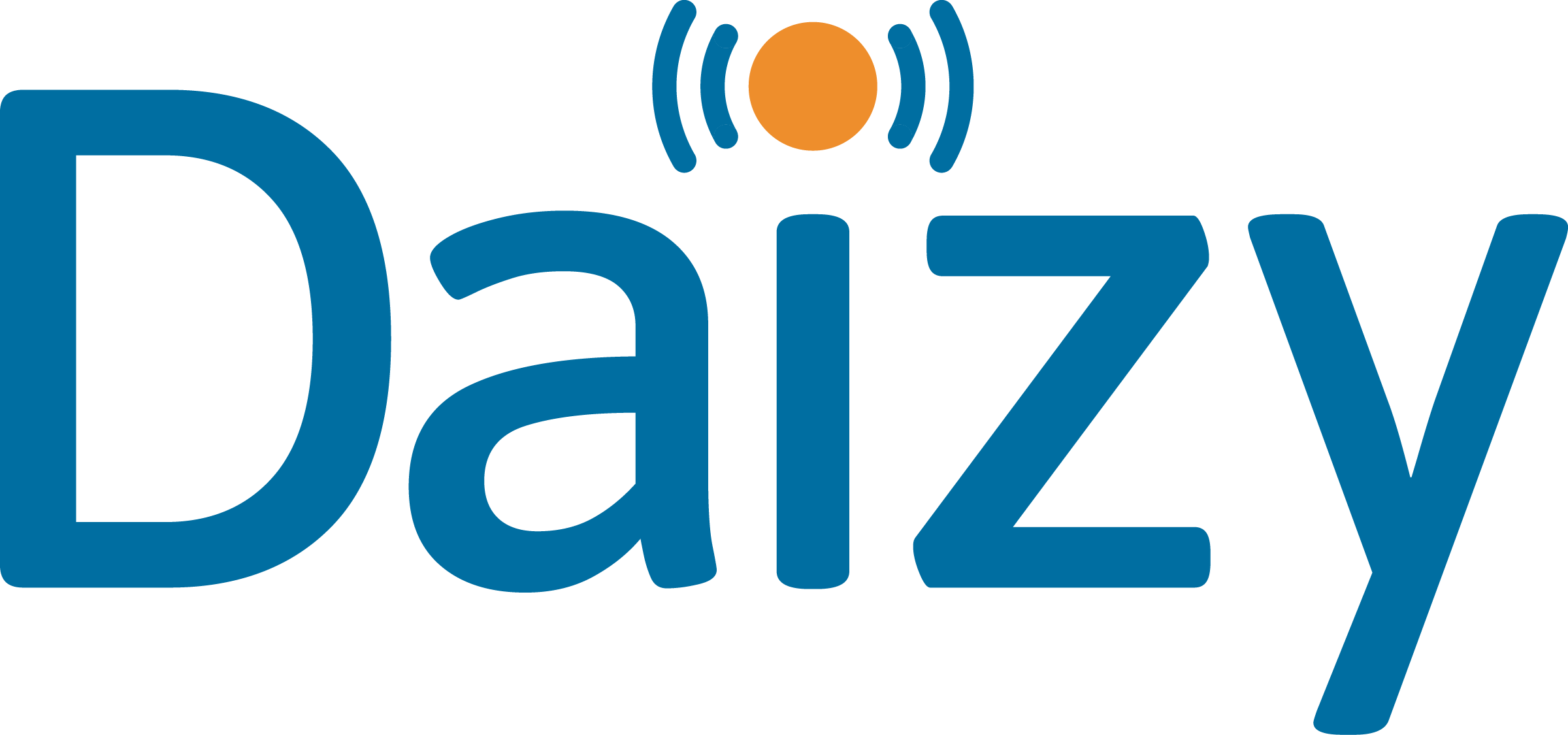When we started Daizy back in 2018, the democratisation of IoT data was a powerful concept and a strong motivator for investment in the business. From the very beginning, we could see the massive potential in the data from IoT sensors, if only it could be readily available to the many interested stakeholders across our target customer’s organisations.
Of course, making IoT data readable, managing data ownership and complying with security, privacy and other regulations have all been part of the journey, but none of these factors have diminished the potential of IoT data, which remains at the core of Daizy’s DNA.
Approaching technology supplier engagement with data democratisation in mind
As organisations evaluate their business process automation requirements (BPA) and review their overarching digital transformation strategies – what consideration is being given to suppliers and their relationship with an organisation’s data?
The thought of giving organisation wide access to all the data from every sensor maybe a little naive in the current climate. Conversely, the thought of an organisation not having absolute access and control of the data from every sensor and asset deployed is absurd.
Making sense of “access to data”
Outside of the obvious constraints arising from privacy and security, “access to data” can mean different things to the person requesting access. It could mean access to the data whenever you ask (on-demand), it could be published periodically (e.g. once a day), or the data might be streamed continuously. Accessing data via an appropriate mechanism is one thing, but if the data is in raw format, has no context (for example: the location of the sensor or the time of the reading), or it is provided in a non-human readable format, it may be data useless for its intended purpose, or at the very least limited to a single application.
In the context of BPA and Digital Transformation, access to data should mean total access to all data from the sensor, the meta data pertaining to the context of the deployment and the asset being monitored, in a standardised human readable form. This format will ensure that both human and machine can easily interpret the data with minimal effort.
Putting IoT data to work
It will likely come as no surprise to you that only when sensor data is attached to business assets and converted into event based information (e.g. a door opening or a humidity reading exceeding a predefined threshold) can it become truly valuable.
Event based information can automate processes, and should be consumable to other business support systems within the clients Operating Technology (OT). When this data sits outside an organisation’s OT environment, in an IoT analytics or solution engine for example, there needs to be a very clear process to ensure the data is also available to other interested stakeholders across the organisation.
Why is all this important?
Coming back to our original motivation for starting Daizy – many IoT solutions in the market today are built to solve a single problem or automate a single process – an IoT enabled asset will provide actionable, event driven data – “I’m full” or “The water in the tap is too hot”. However, this same information could be analysed by another stakeholder for an entirely different purpose and in doing so create even greater value, which is when an organisation will know that the digital transformation strategy it has been working towards is starting to deliver – “not only are we causing a safety risk for our customers, we’re also wasting valuable energy heating water above the limit required”.

